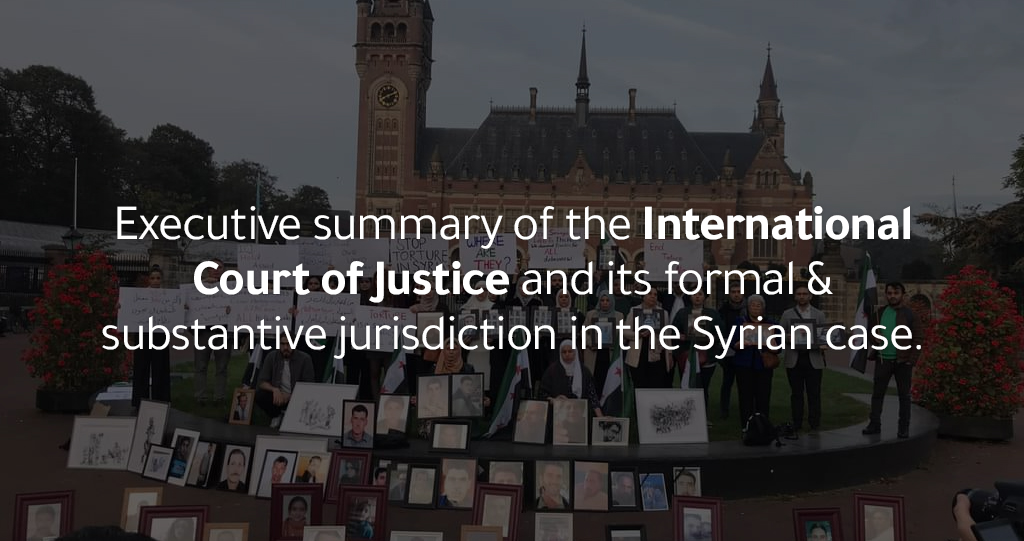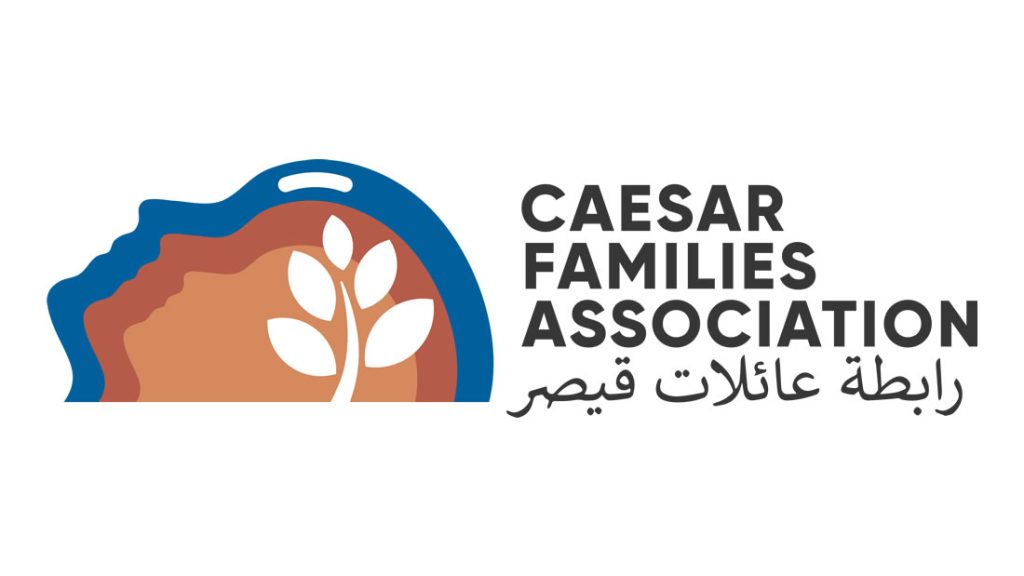What is The Hague Court, or the International Court of Justice?
The International Court of Justice, as stated in Article 1 of its statute, is a court that was established in accordance with the Charter of the United Nations to be the main judicial body of the United Nations and operates in accordance with its statute. This is therefore what gives it an international character, as it represents the United Nations judicially. The United Nations has tried since its establishment The court must ensure that its internal structure is an independent structure to ensure the proper conduct of trials without bias from some of its members toward the countries that appear before the court. The statute literally stipulates this in Articles Two and Three. In Article Two, it is stated that the judicial body of the Court It is an independent judiciary whose members are elected from among those with good deeds and qualifications. In order to confirm that the structure of the court includes the principle of balance and justice, Article Three of the Statute stated that no two members of the judicial body in the court should be from the same country. This will therefore make There are 15 judges in the court from different countriesThe main condition for holding the court structure is legal in terms of form.
In fact, the Hague Court, although it is a court that represents the United Nations, is in fact a judicial assembly that represents the national groups (countries) that have become part of the United Nations system, and this appears clearly through the method of electing the members of the Court, as they are elected from Before the United Nations General Assembly and the Security Council, from among the members nominated by national groups in the Permanent Court of Arbitration at the United Nations, the United Nations did not stop at this point in trying to establish justice and equality in establishing the structure of the Court, but rather made it possible for members of the United Nations who are not represented in the Court of Arbitration permanent members, to nominate their candidates through the national groups concerned with this matter, and the United Nations added a clause that can be described as an invitation to everyone to participate in establishing this court, and it stated that countries that are not members of a United Nations body can participate in electing the members of the court.
The jurisdiction of the Hague Court, and Syria’s relationship with this jurisdiction:
The Hague Court has direct jurisdiction over disputes or cases brought before it whose parties are states, and therefore the parties to the case are two states or a group of states.
The court has jurisdiction over all disputes and issues brought before it, specifically international agreements, international custom, and general principles of law recognized by civilized countries.
In fact, what is happening now is that both the Canadian state and the Dutch state have filed a case against the government of the Syrian regime in Damascus, related to violations in the field of human rights, specifically in the field of detainees and forcibly disappeared persons and the file of torture in the prisons of the Syrian regime.
The great importance that can be seen at the level of applying United Nations laws to the case before it is that the Syrian regime, since it claims to be the legitimate government in Syria, must bear its responsibilities before the United Nations, especially since the case is brought by the governments of two countries in the United Nations ( Canada-Netherlands), on the government of the Syrian regime, which is still part of the United Nations, and this will therefore put the Syrian regime in Damascus before its responsibilities as a regime that claims legitimacy on the one hand, and as a legal responsibility on the other hand that follows its claim of legitimacy, and in the end the issue may reach implementation. One of the demands of the Syrian people is to stop human rights violations and know the fate of detainees and disappeared people.
In addition, the Syrian regime recognizes one of the most important international laws, which is included in the lawsuit currently presented. In 2004, Bashar al-Assad issued Decree No. 39, which included the signing of the Convention against Torture under the auspices of the United Nations. This therefore means that in the event that the Syrian regime (the defendant) does not attend For the hearings presented in the case, the plaintiff party may request that the case be decided in favor of his claim, and this is what is explicitly stated in Article Thirty-Five of the Statute of the Hague Court.
Have countries and organizations benefited from previous experiences in how to deal with the Syrian regime?
In all the files related to the same context that the regime was asked to implement, the regime was always trying to escape forward by proposing to work on new paths parallel to the paths proposed. In this context, the lawsuit currently presented before the Hague Court has taken a very important step, in order to stop Any attempt by the regime to circumvent the demands presented, and this appeared through the so-called temporary measures requested by both the Netherlands and Canada in the case brought by them.
To go into more detail about the demands of the case, they can be summarized as follows:
The title of the case is that Syria is violating the International Convention against Torture. The case referred to a number of violations, most notably the illegal treatment of detainees, enforced disappearance, and violence.
In order to stop the Syrian regime’s attempts to evade its legal obligations, the two countries called for temporary measures to be taken to stop the ongoing violations and to support accountability measures in the future.
Interim measures required include that the Syrian regime take effective measures to stop and prevent all acts of torture and other cruel, inhuman or degrading treatment or punishment; not to destroy any evidence related to the case, reveal the burial sites of people who died due to torture, release anyone detained arbitrarily or illegally, end all forms of incommunicado detention, and allow independent monitors and medical personnel access to official and unofficial detention sites, Among the measures also is issuing a decision requiring the regime to submit a report to it on the steps taken to implement the temporary measures order no later than six months from its issuance and every six months thereafter until the dispute is resolved.
How can Syrian civil society participate in helping to reach the truth?
The International Court of Justice, based on Article 34, second paragraph, opened the door to international organizations, either at the request of the court’s judicial body, or on the initiative of these organizations, to provide information that benefits the dispute or issue before the United Nations, and this represents real participation by parties outside the conflict or The presented case, to help reach an objective resolution of the dispute.
Therefore, the Syrian or international organizations that cooperate with them have a real opportunity to reach effective participation in supporting the case before the court, and this will therefore represent a victory, even if it is at the level of participation, for the organizations that have called, and continue to call, for the necessity of working on the file of cases of detainees and forcibly disappeared persons and the file of torture in Syria.


